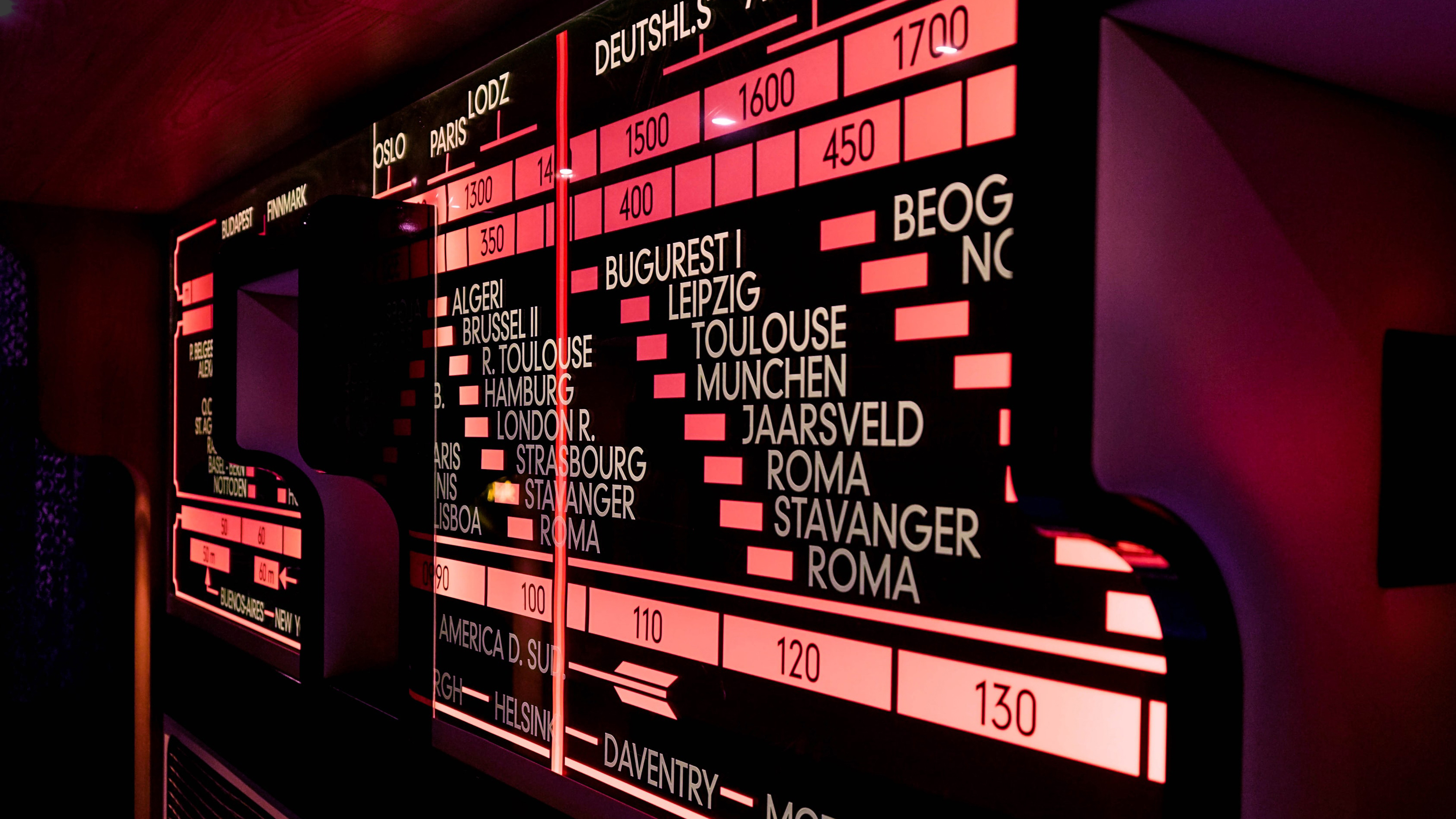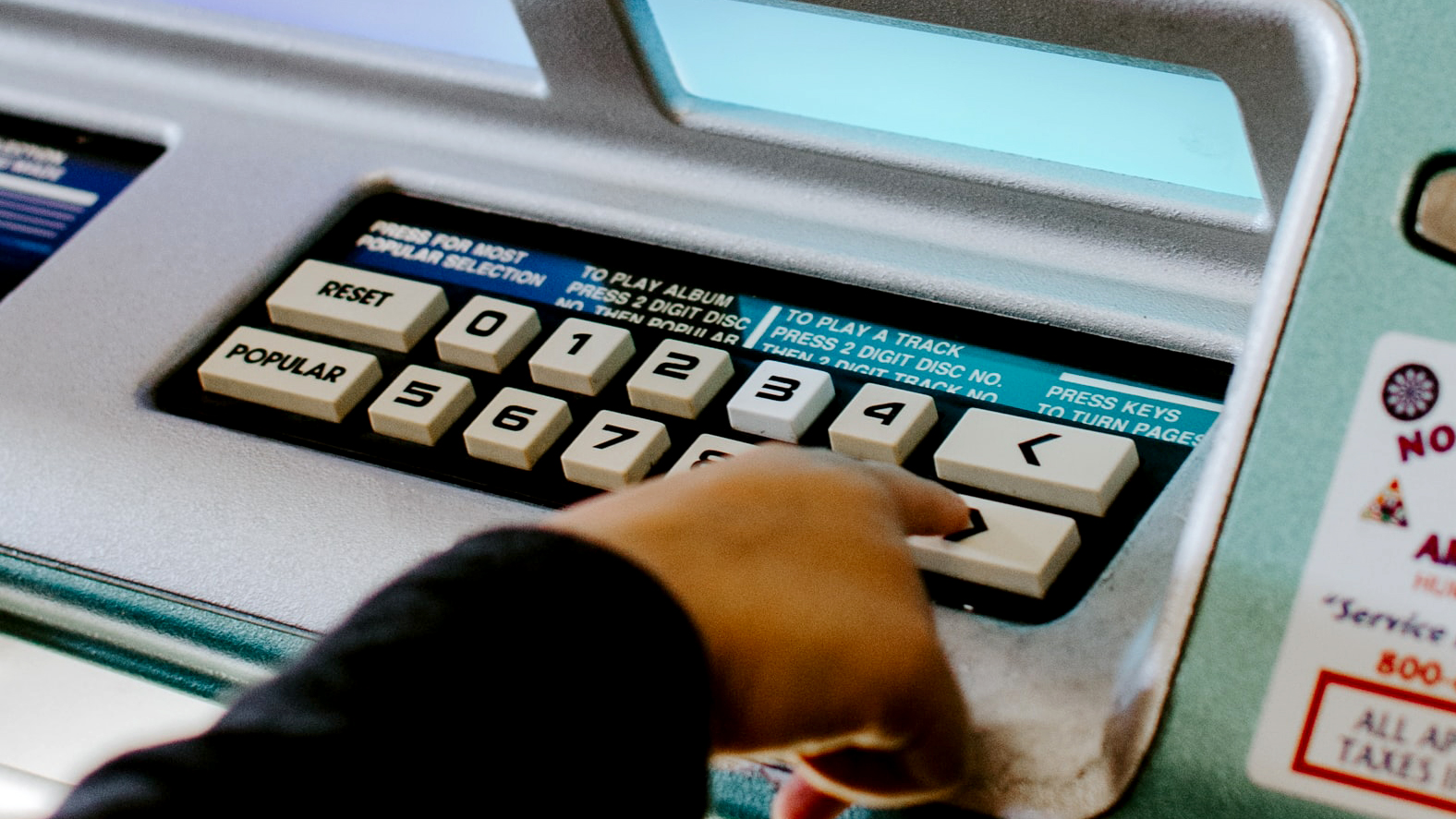Throughout my two decades designing digital products, services and experiences, I've collected a smorgasbord of user-centred design methods and tools which can be used contextually to deliver across a range of projects.
Below you'll find a brief introduction to my basic approach and links to real-life examples and further details. Whilst there is a loose linear order implied, all of these methods can be employed quickly and iteratively at any stage of an Agile process.

A period of immersion usually kicks-off proceedings and is a great time to get to know audiences, landscapes, competitions, brand and business requirements. My main goal during this phase is to unlock core truths and insights that will help shape the forthcoming hands-on design work.
Some of the methods and tools used during Discovery include Competitor & Landscape Review & Benchmarking, Data Analytics, Heuristic Evaluation, Stakeholder & User Interviews and Ethnographic & Contextual Observation.
Please get in touch for more details about tools and methods used during Discovery.
This stage gathers the most poignant and relative research and insights to create a vision, conceptual model and core hypothesis upon which initial guidelines and principles can be built. These, in turn, guide the design work in the next phase.
Methods and tools employed in this stage include. . .


This stage gathers the most poignant and relative research and insights to create a vision, conceptual model and core hypothesis upon which initial guidelines and principles can be built. These, in turn, guide our work in the coming phase.
Methods and tools employed in this stage include. . .

With our vision and principles in place, we start to imagine what our final output will look like by creating concepts and structures that articulate user journeys, navigation systems, page layouts and content. All of which can be measured and tested as we go.
Great design is a continually evolving process. Ongoing evaluation and development should allow for the introduction of new features and functionality whilst eliminating flaws and inefficiencies in existing systems.
Testing can be done in the office just as well as the lab, all that matters is your test group reflects your target audience. What is critical is that you're clear what you're testing, you ask the right questions and remain open-minded about feedback - good and bad. Examples of testing methods include . . .


Great design is a continually evolving process. Ongoing evaluation and development should allow for the introduction of new features and functionality whilst eliminating flaws and inefficiencies in existing systems.
Testing can be done in the office just as well as the lab, all that matters is your test group reflects your target audience. What is critical is that you're clear what you're testing, you ask the right questions and remain open-minded about feedback - good and bad. Examples of testing methods include , , .